A PAIR OF MONUMENTAL TORCHÈRES , LONDON, 1830 CA. in gilded bronze. With a shaped triangular platform on which rest three winged ferine paws supporting the tripod stand, decorated at the corners with leonine masks with long ram’s horns and carved along the sides with recessed bands of repeating plant motifs, on which the base rests. The base is in the form of large acanthus leaves flaring open in a downward direction and caught at the top by a ring with baccellatura decoration; the grooved stem, tapering upward, which departs from this point, is sculpted at the bottom with repeats of long, upward-pointing leaves, followed by a band chiselled with repeats of small, overlapping lanceolate leaves and culminating in a capital with long lanceolate leaves; the narrow neck over the capital supports a disk, engraved with baccellature , which in turn supports a cup of flaring acanthus leaves from which there rise fourteen arms in the form of volutes, decorated with ramages of foliage on two orders and framing a central arm. Size: 250 x 62 x 62 cm. This pair of monumental torchères finds numerous comparison pieces in the production of the English Regency era, when many exemplars from antiquity were rediscovered and were often taken as models and as sources of inspiration for the manufacturing of the time. In particular, while in France the merit for kindling interest in the forms adopted in ancient Rome goes to architects Charles Percier and Pierre François Léonard Fontaine and their Recueil de Décorations Intérieures (1801), in England, in 1814, Moses published the repertoire entitled Vases, Altars, Paterae, Tripods, Candelabra, Sarcophagi , a collection of studies and illustrations of ancient models, in many cases marbles displayed at the Louvre. And this was the point of departure for a fruitful and highly successful production that is witnessed today by several of the exemplars which have come down to us and which are comparable with the torchères we are proposing here. In detail, our torchère shows many similarities with works attributed to William Collins both in the overall design and in choice of decorative motifs. Collins was active in London between 1808 and 1852; among his most important patrons and main clients was the third Duke of Northumberland to whom, from 1822 to 1839, Collins supplied the entirety of his lighting fixtures in both gilded and patinated bronze, including the ‘5 Altar Pedestals with 5 Lamps for Grand Staircase’ cited in an invoice dated 23 March 1823 (C. Sykes, Private Palaces: Life in the Great London Houses. New York 1986, p. 239), which share many features with our torchères . Production of this model continued even through the decades following the Regency era, during which time some small variations were introduced, such as – and our piece offers an example – the addition of arms at the upper extremities. Francesco Larderel (see photo 1) was born François Jacques Larderel in Vienne, France, in 1789. During the Napoleonic era he moved to Livorno, where he was described in the 1814 almanacs as a ‘fancy-goods merchant’. But in the following fifteen years, he exploited the geothermic resources of the Volterra area to promote and develop the boric acid industry – and accumulated a considerable fortune. He started his boric acid venture in 1818, with Ana Gurliè and Francesco Prat and one extraction plant. French interests, centred in the Franco-Livornese communities, above all in his native region, and later on in Paris, capital of the French financial world, and English interests in Tuscany, joined Larderel and the expanding Tuscan company. Larderel’s 1830 purchase of two lots on what was then Via dei Condotti Nuovi to construct a four-storey residential palazzo (see photo 2), completed in 1832 at the cost of 70,000 Tuscan lire , marked the start of his social climb; the doors of the city nobility opened to him and his home became a centre of social and society life in the city. Embellished with exq
A PAIR OF MONUMENTAL TORCHÈRES , LONDON, 1830 CA. in gilded bronze. With a shaped triangular platform on which rest three winged ferine paws supporting the tripod stand, decorated at the corners with leonine masks with long ram’s horns and carved along the sides with recessed bands of repeating plant motifs, on which the base rests. The base is in the form of large acanthus leaves flaring open in a downward direction and caught at the top by a ring with baccellatura decoration; the grooved stem, tapering upward, which departs from this point, is sculpted at the bottom with repeats of long, upward-pointing leaves, followed by a band chiselled with repeats of small, overlapping lanceolate leaves and culminating in a capital with long lanceolate leaves; the narrow neck over the capital supports a disk, engraved with baccellature , which in turn supports a cup of flaring acanthus leaves from which there rise fourteen arms in the form of volutes, decorated with ramages of foliage on two orders and framing a central arm. Size: 250 x 62 x 62 cm. This pair of monumental torchères finds numerous comparison pieces in the production of the English Regency era, when many exemplars from antiquity were rediscovered and were often taken as models and as sources of inspiration for the manufacturing of the time. In particular, while in France the merit for kindling interest in the forms adopted in ancient Rome goes to architects Charles Percier and Pierre François Léonard Fontaine and their Recueil de Décorations Intérieures (1801), in England, in 1814, Moses published the repertoire entitled Vases, Altars, Paterae, Tripods, Candelabra, Sarcophagi , a collection of studies and illustrations of ancient models, in many cases marbles displayed at the Louvre. And this was the point of departure for a fruitful and highly successful production that is witnessed today by several of the exemplars which have come down to us and which are comparable with the torchères we are proposing here. In detail, our torchère shows many similarities with works attributed to William Collins both in the overall design and in choice of decorative motifs. Collins was active in London between 1808 and 1852; among his most important patrons and main clients was the third Duke of Northumberland to whom, from 1822 to 1839, Collins supplied the entirety of his lighting fixtures in both gilded and patinated bronze, including the ‘5 Altar Pedestals with 5 Lamps for Grand Staircase’ cited in an invoice dated 23 March 1823 (C. Sykes, Private Palaces: Life in the Great London Houses. New York 1986, p. 239), which share many features with our torchères . Production of this model continued even through the decades following the Regency era, during which time some small variations were introduced, such as – and our piece offers an example – the addition of arms at the upper extremities. Francesco Larderel (see photo 1) was born François Jacques Larderel in Vienne, France, in 1789. During the Napoleonic era he moved to Livorno, where he was described in the 1814 almanacs as a ‘fancy-goods merchant’. But in the following fifteen years, he exploited the geothermic resources of the Volterra area to promote and develop the boric acid industry – and accumulated a considerable fortune. He started his boric acid venture in 1818, with Ana Gurliè and Francesco Prat and one extraction plant. French interests, centred in the Franco-Livornese communities, above all in his native region, and later on in Paris, capital of the French financial world, and English interests in Tuscany, joined Larderel and the expanding Tuscan company. Larderel’s 1830 purchase of two lots on what was then Via dei Condotti Nuovi to construct a four-storey residential palazzo (see photo 2), completed in 1832 at the cost of 70,000 Tuscan lire , marked the start of his social climb; the doors of the city nobility opened to him and his home became a centre of social and society life in the city. Embellished with exq
.jpg)
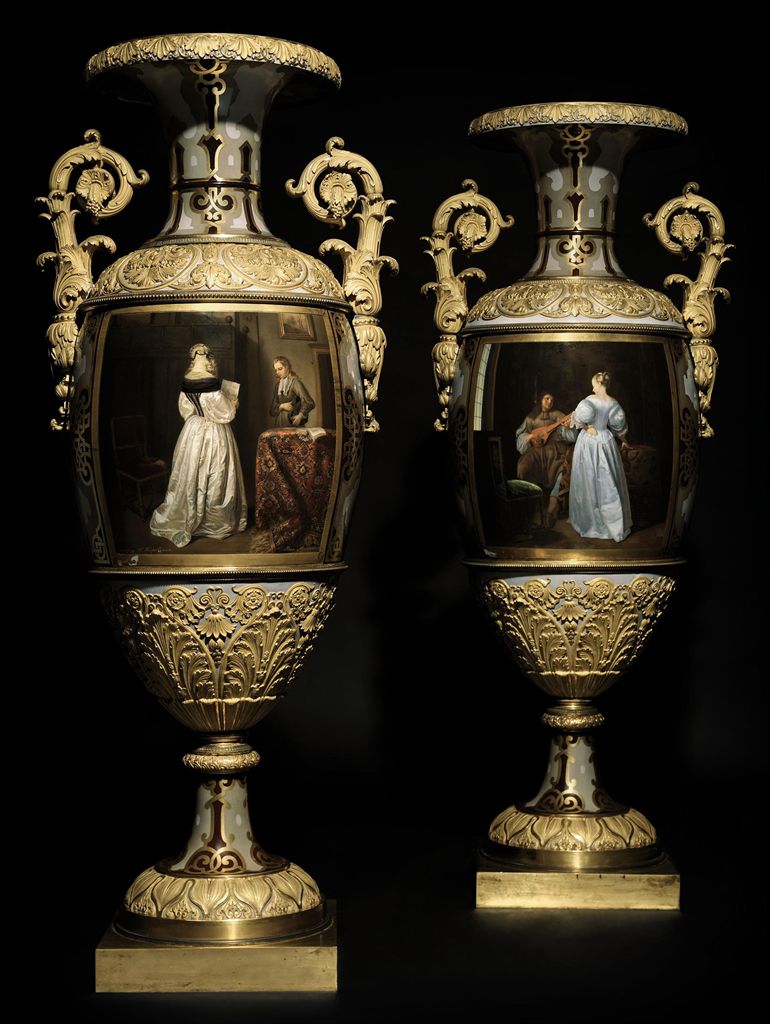
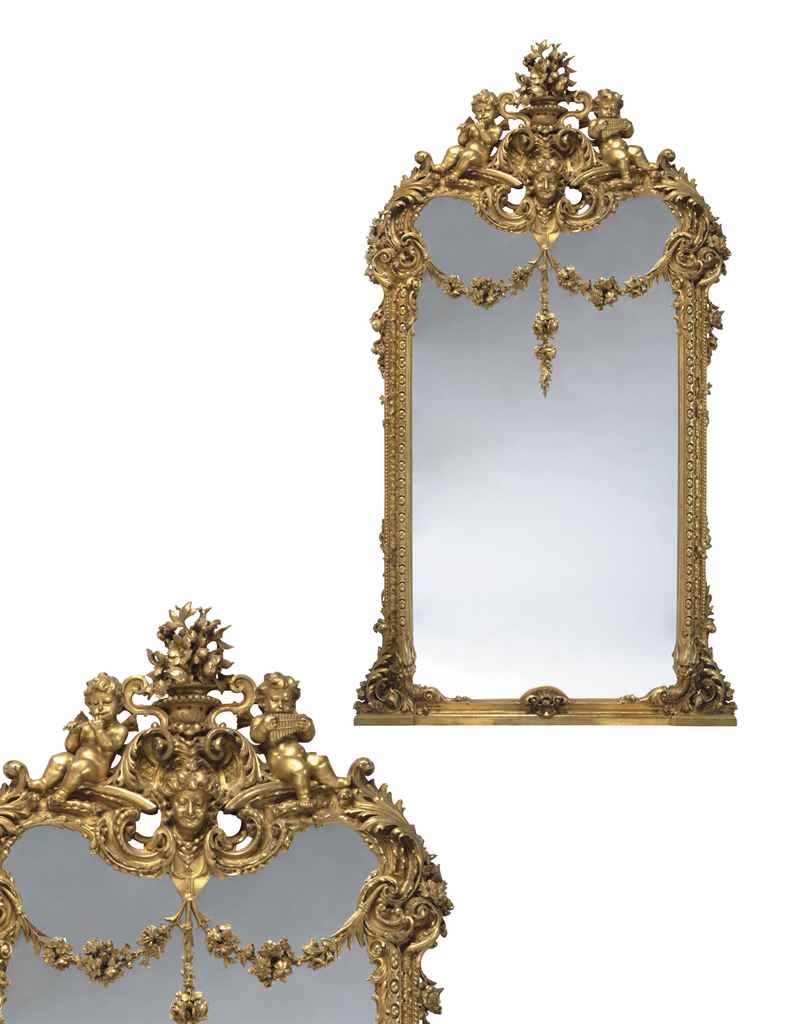
.jpg)
.jpg)
.jpg)
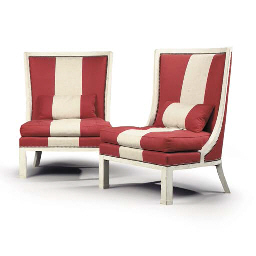
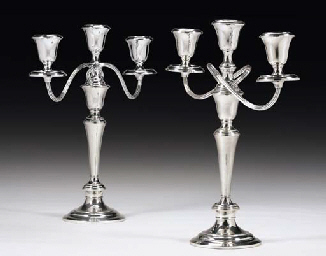
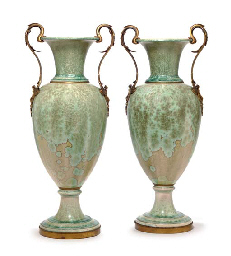

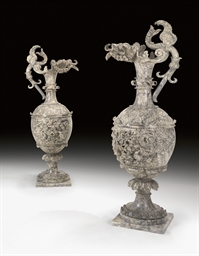
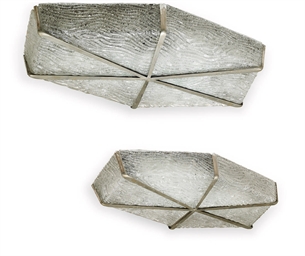
.jpg)
.jpg)
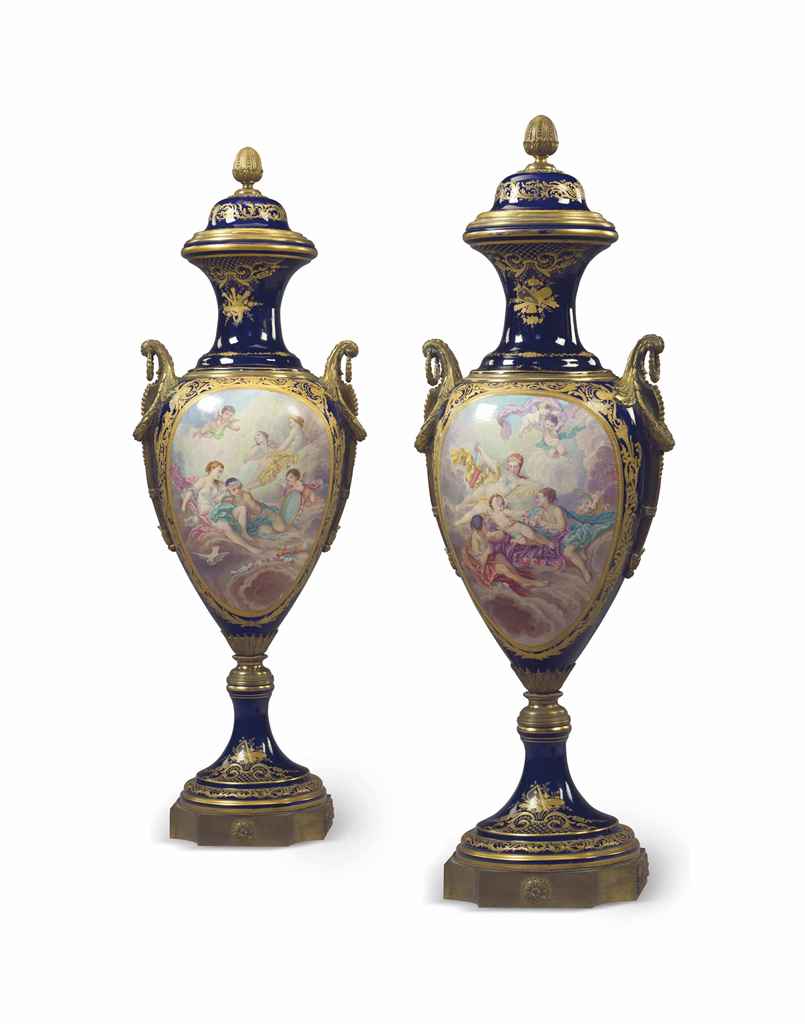
Try LotSearch and its premium features for 7 days - without any costs!
Be notified automatically about new items in upcoming auctions.
Create an alert